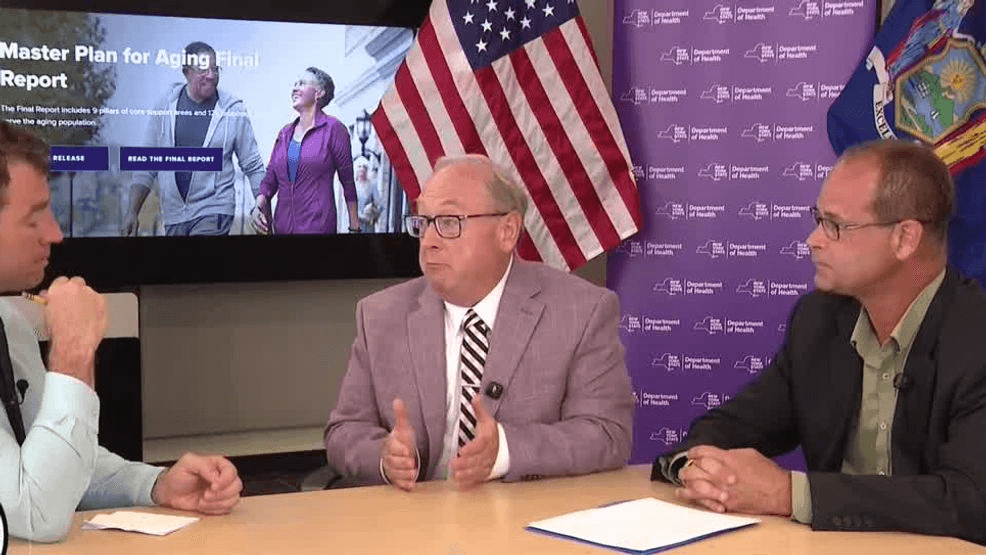Summary
Duke Health has discovered a groundbreaking approach that may offer new hope to families on a heart transplant waitlist by 20%.
Source: ABC11 on MSN.com

AI News Q&A (Free Content)
Q1: What is the new technique developed by Duke Health for infant heart transplants?
A1: Duke Health has pioneered a new approach aimed at increasing the availability of heart transplants for infants by about 20%. This technique involves innovative methods to expand the donor pool and reduce the wait time for infants in need of heart transplants.
Q2: What are the potential benefits of the Partial Heart Transplantation (PHT) procedure for infants?
A2: Partial Heart Transplantation (PHT) offers the benefit of growing heart valve implants suitable for children. It is well recognized among pediatric cardiac surgeons and intensive care directors as a promising innovation for managing congenital heart conditions in infants.
Q3: How does the awareness and perception of Partial Heart Transplantation differ among healthcare professionals?
A3: Awareness of Partial Heart Transplantation is high among pediatric cardiac surgeons (96.88%) and cardiologists (100%), though the latter are less likely to recommend the procedure. This variation is attributed to differing perceptions regarding the suitability of PHT for different patient age groups.
Q4: What ethical considerations are involved in organ transplantation, particularly for infants?
A4: Organ transplantation involves ethical challenges such as defining death, consent processes, and avoiding organ trafficking. For infants, these issues are compounded by the urgency and complexity of matching suitable donors, as well as ensuring informed consent from guardians.
Q5: What is the significance of signal processing techniques in assessing clinical risks in preterm infants needing heart transplants?
A5: Signal processing techniques, like frequency spectral analysis and cerebral near-infrared spectroscopy, play a crucial role in assessing clinical risks for preterm infants. These techniques help in identifying crucial parameters that distinguish between infants with or without serious conditions like intra-ventricular hemorrhage.
Q6: How does the new Duke Health technique compare to traditional heart transplant methods for infants?
A6: While traditional heart transplant methods rely on a limited donor pool, the new Duke Health technique aims to increase availability and decrease wait times by about 20%, thereby reducing mortality rates among infants on the transplant waitlist.
Q7: What advancements in survival analysis techniques are relevant to heart transplant cases like those addressed by Duke Health?
A7: Advancements in survival analysis, particularly those incorporating time-varying treatments and double machine learning methods, are significant. These techniques improve efficiency and reduce bias in estimating the survival outcomes of heart transplant patients, which is crucial for optimizing treatment timing and strategy.
References:
- Awareness, Attitudes, and Perceptions Toward Partial Heart Transplantation
- Application of signal processing techniques in the assessment of clinical risks in preterm infants
- Organ transplantation
- Duke University Health System
- Time-Varying Causal Survival Learning





